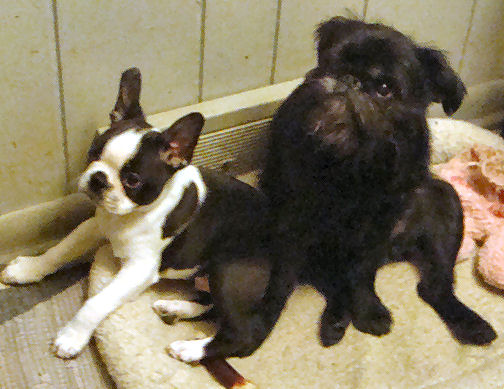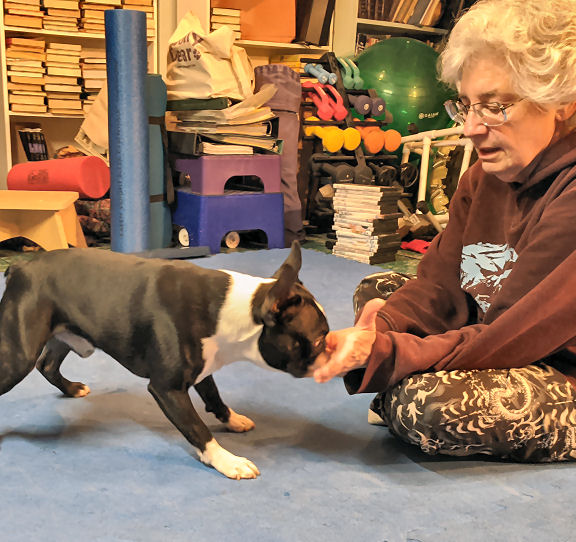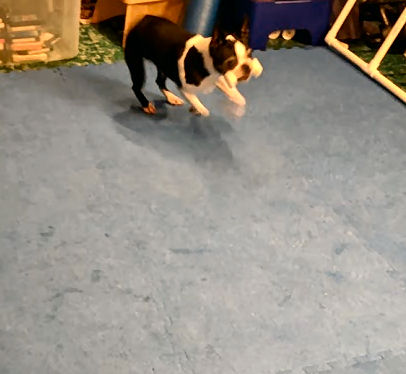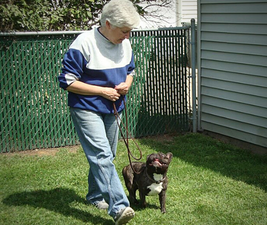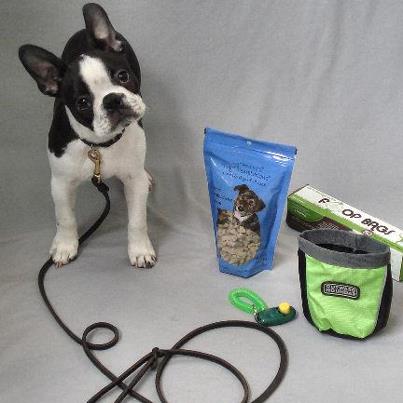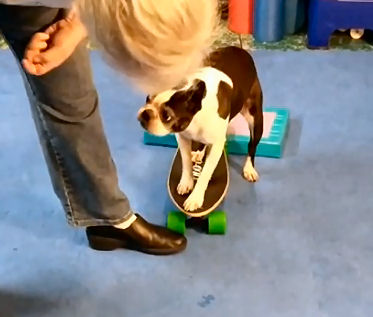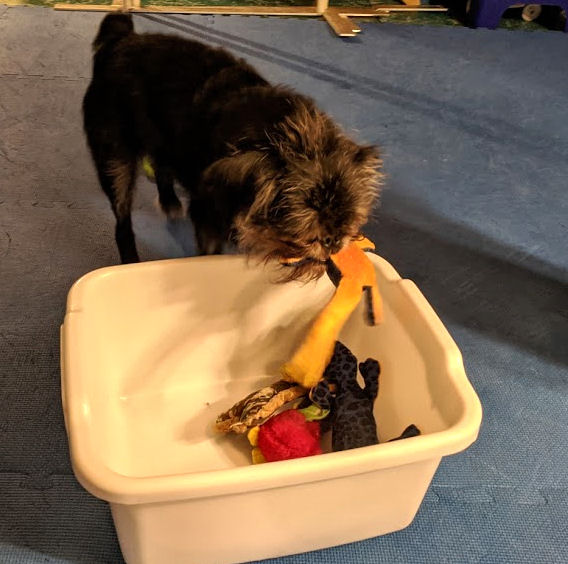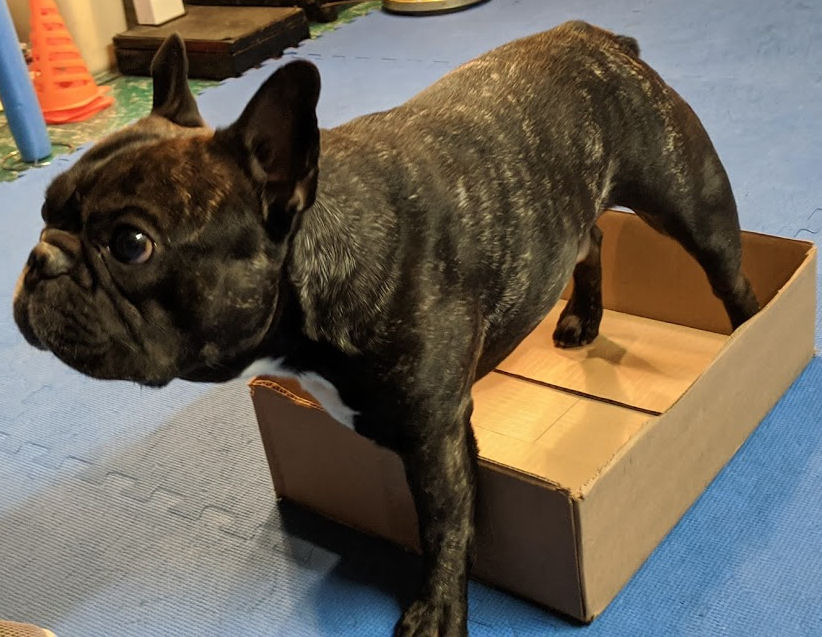There are lots of reasons to train your dog to do tricks (see last week’s tip and our earlier article: Dog trick training – how to & why!), but once your dog knows them – what do you do with dog tricks?
Saved for posterity
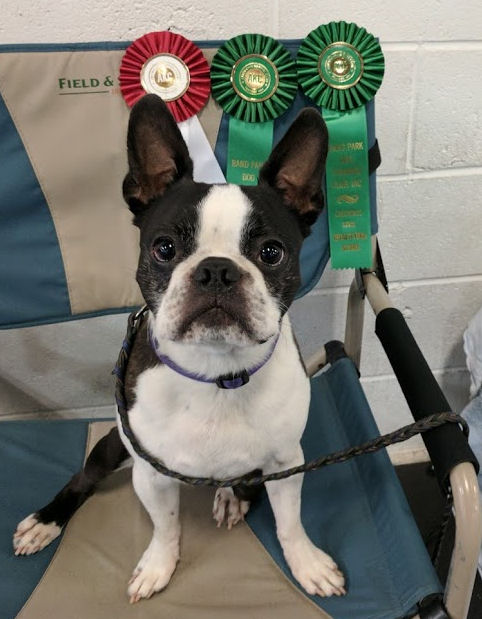
These days, there are lots of options. Impress your friends, family, and the all those eyes on social media with your videos. Entertain everyone at any in-person gatherings. And maybe best of all – have your partnership with your dog permanently part of history by achieving a title for your dog.
What’s a “title” anyway?
Most people have heard of the American Kennel Club (AKC), maybe having seen a dog show on television. What many don’t realize is that the AKC is a registry – it keeps track of everything dog for all AKC events. And while your dog may not have a fancy pedigree – “all-American” dogs (mixed breeds) are welcome in all the dog events except the “beauty pageants” (conformation).
Those events include something for every dog person – Obedience, Rally, Agility, Tracking, Therapy, Lure Coursing, and more. Most relevant to this column? “Trick Dog.”
Yes, your dog can earn a title for performing tricks on video. And you don’t have to go anywhere! The AKC accepts video submissions. All the details are available on the website: https://www.akc.org/sports/trick-dog/about-trick-dog/
Dog tricks galore
The 10 tricks your dog needs to perform for the Novice Title are probably things they already do – or can easily learn in just a few 2-Minute sessions. Things like spin, or hold something for three seconds, jump through a hoop, kiss, shake hands, etc. Your dog can do any of that!
And aside from the certificate you’ll get to acknowledge your dog’s achievement, there’s an intangible extra that matters.
As long as the AKC exists, your partnership with your dog will be part of history. Anyone ever looking at the history of your breed, or Trick Dogs, will know that you and your dog were part of a team.
It matters
Forever after, there is a record of what a good dog you have. How you had fun together and respected each other. You learned together and became a team that was able to accomplish more than 99 percent of dog owners. Because you cared about each other, played together, learned to adapt to each other.
And you had fun doing it.

